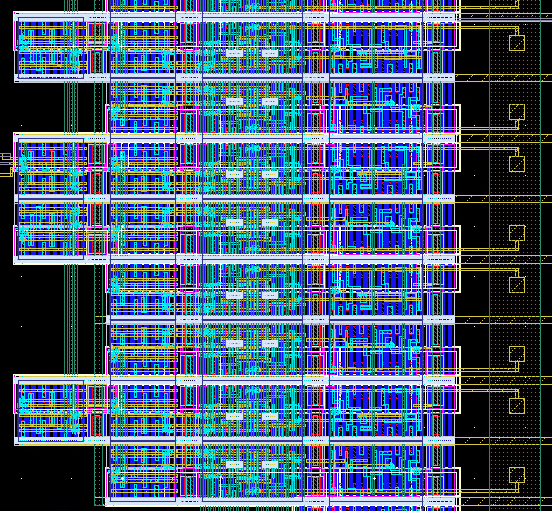Successive Approximation Register Analog-to-Digital Converter
SAR ADC Block Diagram

Chip Layout
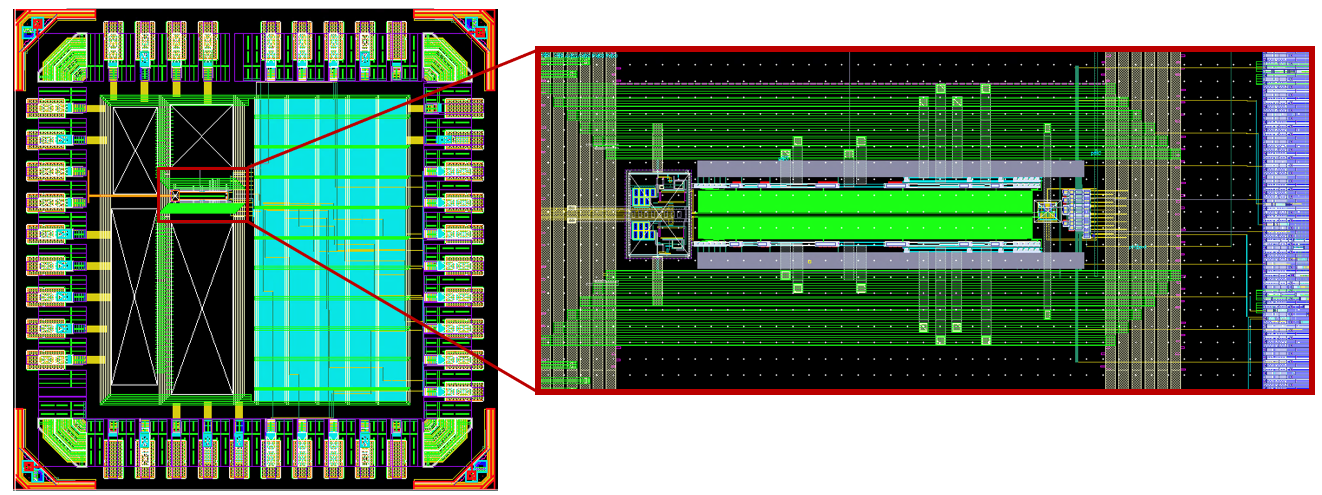
SAR ADC Components

SAR ADC Components
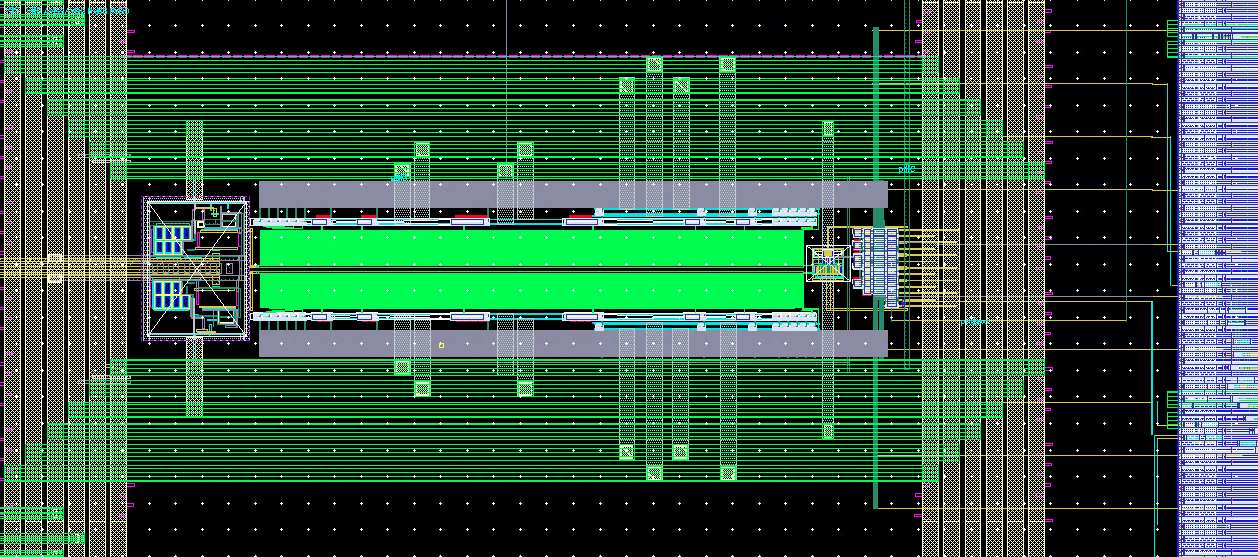
Comparator Schematic

Comparator Layout
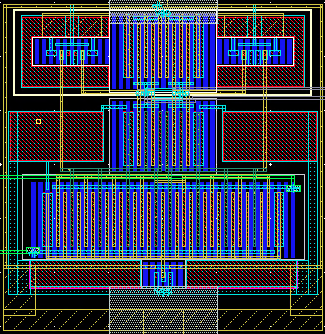
Bootstrap Switch Layout
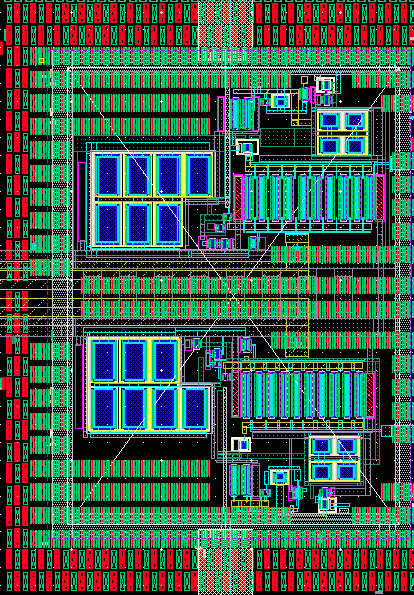
Control Logic Layout
